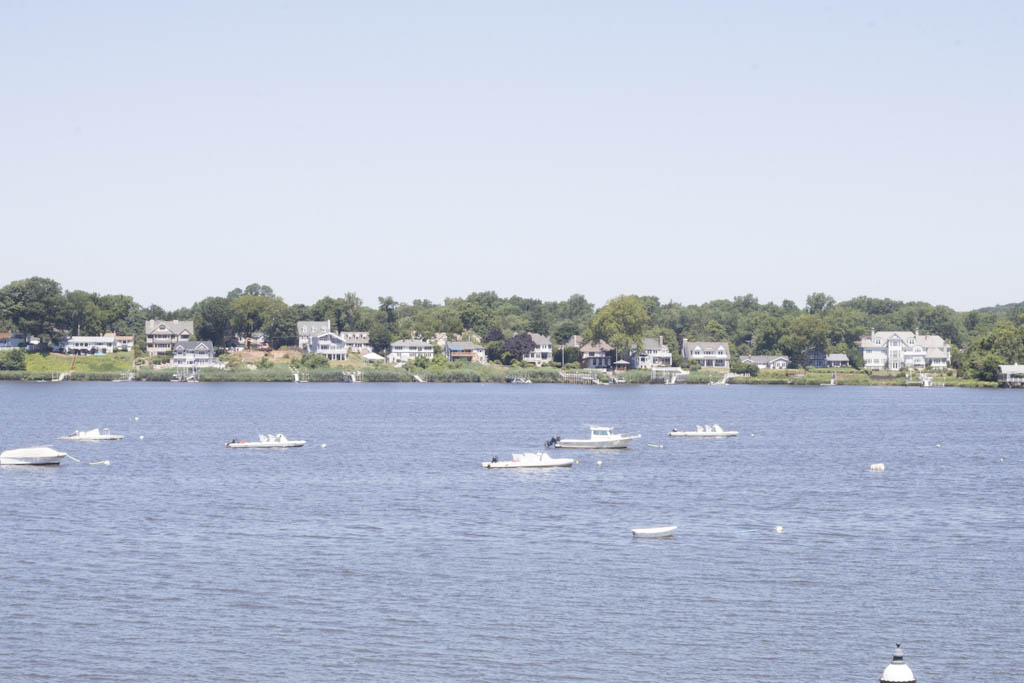RUMSON – In 2020, The New Jersey Department of Environment Protection (DEP) will determine whether the Navesink River is clean enough to resume shellfish harvesting after the waterway was flagged as bacteria-ridden in 2016.
But will the estuary be free of pathogens – including fecal matter – in one year?
In an interview on March 28 with Alison McCarthy, coordinator of Coastal Watershed Protection for Clean Ocean Action, she said the eight-mile long estuary will never be 100 percent ridden of pathogens, which could include fecal coliform.
“This is a slow-moving process, as pathogen tracking is,” McCarthy said. “We have been communicating with the DEP. The DEP has a year-and-a-half of water quality results from our weekly sampling … we are now switching up some of the locations where volunteers are sampling (water quality) and adding more (sampling locations).
The Navesink River is surrounded by Middletown, Red Bank, Fair Haven and Rumson.
According to a report issued by Clean Ocean Action in 2016, more than 565 acres of the river have been downgraded for shellfishing due to pathogen pollutants – including high levels of human and animal fecal matter – which were discovered in 2016.
The DEP considers shellfish water classification to be a crucial component when determining the overall health of a waterway, according to the report.
The Navesink River’s water quality has been declining over the past 30 years, according to Clean Ocean Action. Measures are being taken to help remedy the situation and to help ensure cleaner water for residents and users of the river for fishing and recreation.
McCarthy referred to parts of the river where fecal matter have been detected as “hot spots.” She said DEP is concerned with the area in Middletown, specifically, where traces of fecal matter from animals were detected in areas of the river.
“There will always be hot spots in the river,” McCarthy said. “The DEP has had more concerns in Middletown data that was pretty old indicating that the sources (of fecal matter) came from horses or wildlife.
“That is more difficult source trackdown work than locating human sources (of fecal matter). When it’s human, you know to look for septic tanks or breaks in the sewer system. When you’re dealing with horses or wildlife, how do you even begin to tackle that problem?” she said.
McCarthy, who called tracking sources of animal fecal matter that spill into the river “daunting,” said remediation of the hot spots continues to be investigated by professionals.
McCarthy added that “none of the towns are worse than others.” She said additional sites in Middletown will be investigated.
Asked what a full restoration of the river entails, McCarthy said professionals are working toward restoring the 565 acres of river which were downgraded for shellfishing due to pathogen pollutants.
“We are working to reverse (the downgrade). We want to be able to harvest shellfish seasonally (again). We want to get that 500 acres to where it was before 2016 so people can harvest shellfish,” McCarthy said. “That is the 2020 goal. Ideally, we would love to see shellfish harvesting year round and no pathogen issues. But I don’t think there is any waterbody in New Jersey that is pathogen=free.”
McCarthy said DEP will determine if the Navesink River will be clean enough to resume shellfish harvesting next year. She said in 2020, the department will accumulate data from the past three years and conduct its own water quality sampling. The department will make a determination that year, she said.
“We are working against the clock to see how many improvements we can make before (DEP) begins to look at the data. We’re getting there,” McCarthy said.

